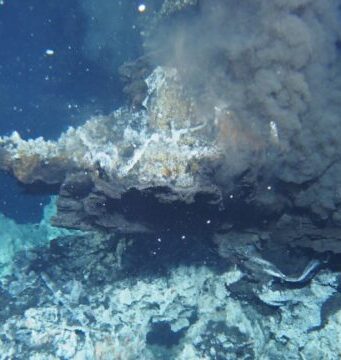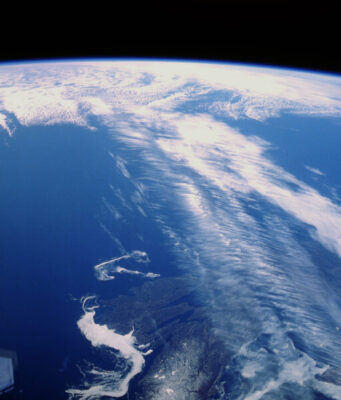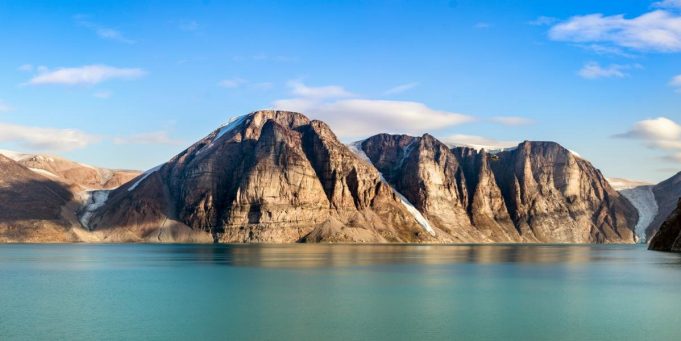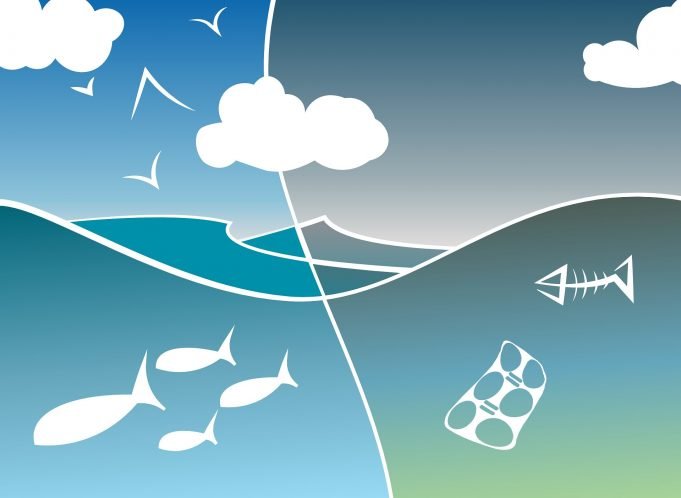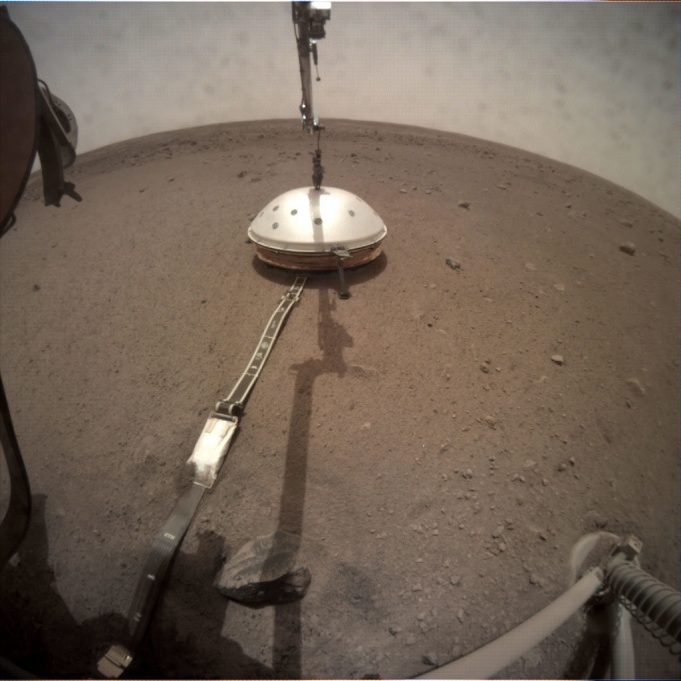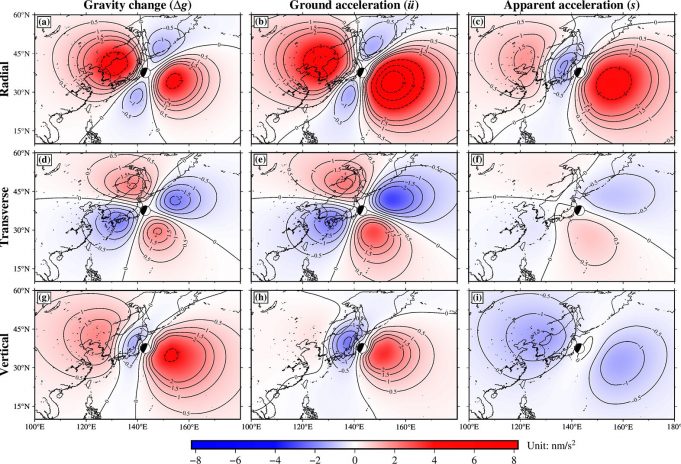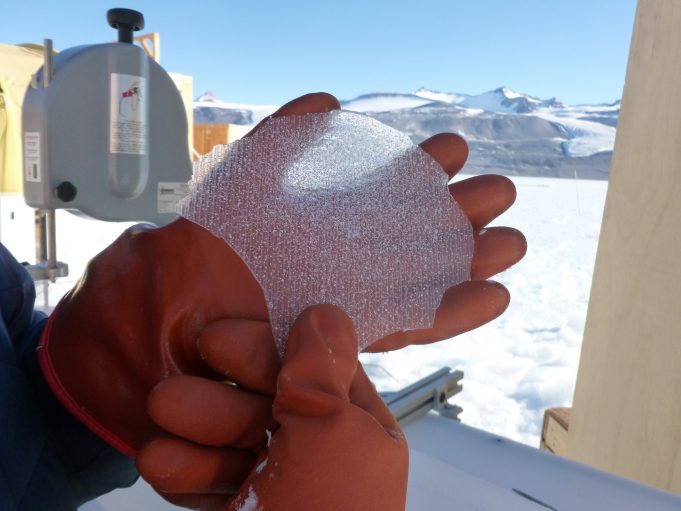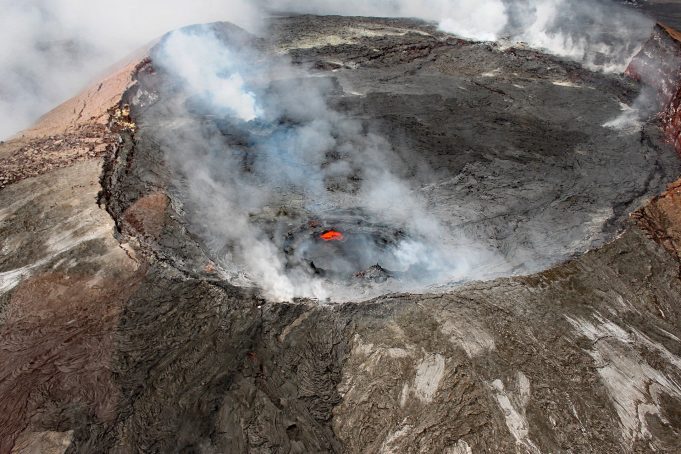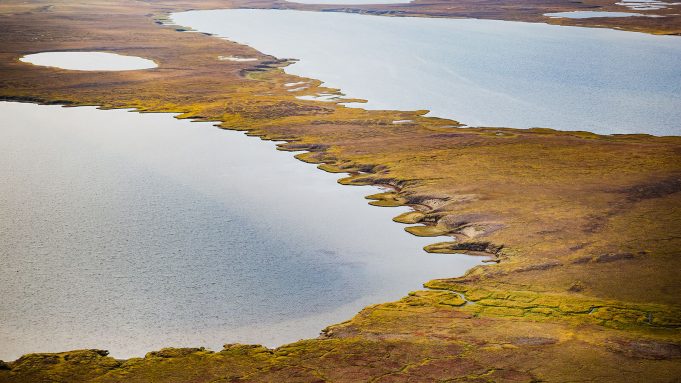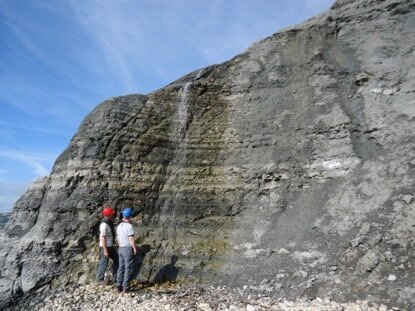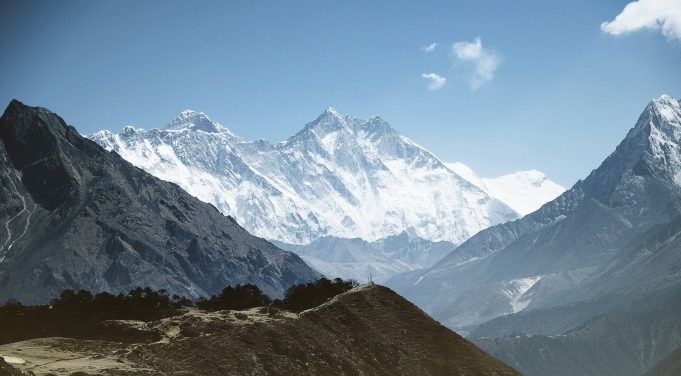Sifting through diamond exploration samples from Baffin Island, Canadian scientists have identified a new remnant of the North Atlantic craton—an ancient part of Earth's continental crust.
A chance discovery by geologists poring over diamond exploration samples has led to a...
New research has shown that large ecosystems such as rainforests and coral reefs can collapse at a significantly faster rate than previously understood. The findings suggest that ecosystems the size of the Amazon forests could collapse in only 49...
Before the Taqba Dam impounded the Euphrates River in northern Syria in the 1970s, an archaeological site named Abu Hureyra bore witness to the moment ancient nomadic people first settled down and started cultivating crops. A large mound marks...
A study published Tuesday in Scientific Reports shows that stony corals, which provide food and shelter for almost a quarter of all ocean species, are preparing for a major extinction event.
The research team—which includes scientists from The Graduate Center, CUNY; Baruch...
The first reports of seismic activity and ground vibrations on Mars are in. The red planet has a moderate level of seismic activity, intermediate between Earth and the Moon.
An international team that includes University of Maryland geologists released preliminary...
Lightning—one, two, three—and thunder. For centuries, people have estimated the distance of a thunderstorm from the time between lightning and thunder. The greater the time gap between the two signals, the further away the observer is from the location...
Permafrost in the soil and methane hydrates deep in the ocean are large reservoirs of ancient carbon. As soil and ocean temperatures rise, the reservoirs have the potential to break down, releasing enormous quantities of the potent greenhouse gas...
One of South America's most prominent volcanoes is producing early warning signals of a potential collapse, new research has shown.
Tungurahua volcano in Ecuador—known locally as "The Black Giant"—is displaying the hallmarks of flank instability, which could result in a...
Knowing where emissions are happening and what's causing them brings us a step closer to being able to forecast the region's impact on global climate.
The Arctic is one of the fastest warming places on the planet. As temperatures rise,...
The world is waking up to the fact that human-driven carbon emissions are responsible for warming our climate, driving unprecedented changes to ecosystems, and placing us on course for the sixth mass extinction event in Earth's history.
However, new research...
Human beings altered one of the highest peaks in the Himalayas hundreds of years before a person ever set foot there, new research has found.
The study, publishing today in the Proceedings of the National Academy of Sciences, indicates that the...


